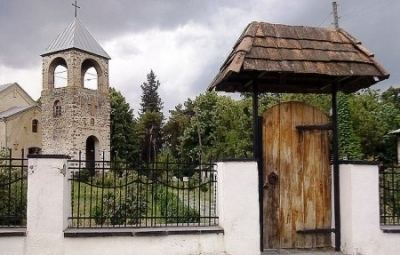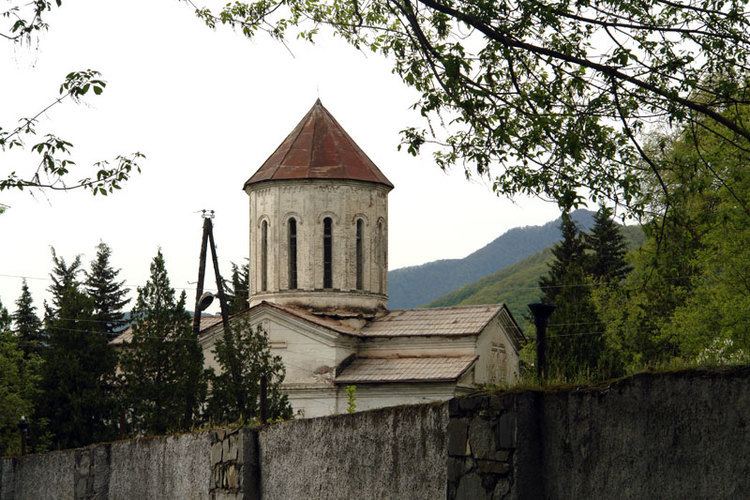 | ||
Guja lasha saingilo
Saingilo (Georgian: საინგილო) is a 19th-century term that is used to indicate parts of the districts of Balakan, Zaqatala and Qakh—territory of 4,780 km2—currently parts of Azerbaijan, populated by the ethnic Georgians—Ingiloi.
Contents
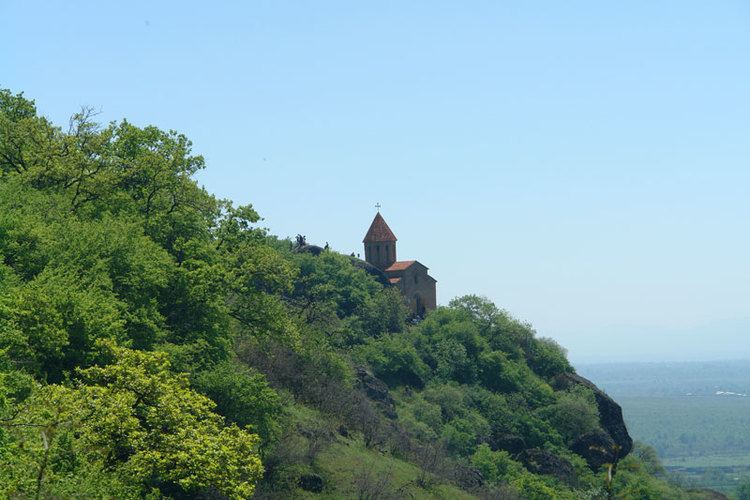
Hereti saingilo beqa xucishvilis leqsi
History

Initially this territory was a province of Caucasian Albania. in the fourth to fifth centuries region was already a political component of Kingdom of Iberia. after that, the region was a separate kingdom (Hereti) within Georgian cultural and political influence. The territory took part in establishing united Georgian Kingdom. In the eleventh century Saingilo (Hereti) was part of the saeristavo (Georgian: duchy) of Mach'i. At that time, Hereti became part of the principality of Kakheti. After the displacement, during the early medieval period, of the central government from southern Georgia (Tao-Klarjeti) to eastern Georgia, these principalities came to play an especially significant role. In the fifteenth century the term "Hereti" gradually disappeared from the political nomenclature and was replaced by the word "Kakheti," which referred to Kakheti proper plus Hereti.
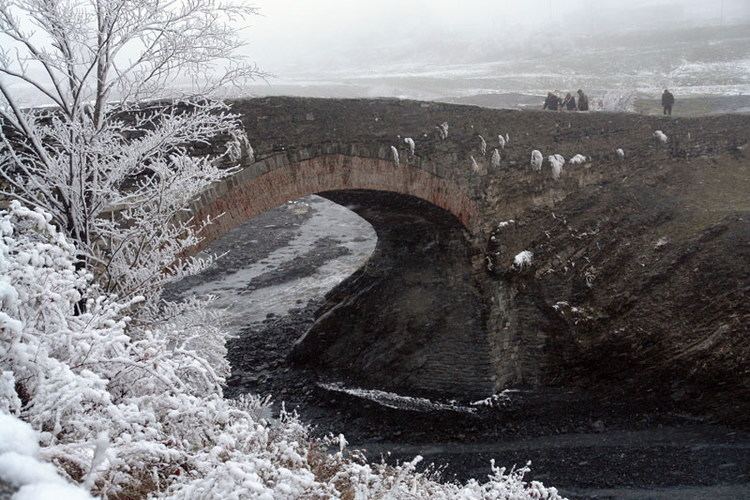
In the Middle Ages seven Georgian schools operated in Saingilo which included the courses of theology, philosophy, orthography, church history, and the history of Georgia and for the students. These schools played an essential cultural and educational. They put a vital contribution in establishing cultural relations among the peoples of the Caucasus. Literary materials were prepared in the schools for diffusion in the northern Caucasus. In the thirteenth to fourteenth centuries the use of the Georgian alphabet and Georgian Christian literature spread from Saingilo to the neighboring province of Daghestan, and churches were founded there, remnants of which can be seen today. for a long time, beginning in the fifth century, a significant part of Daghestan was within the sphere of Georgian political influence.
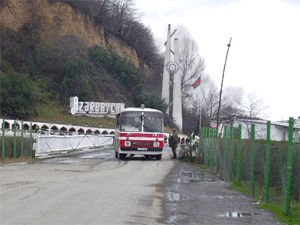
In the early 17th century, Shah Abbas I of Safavid of Persia took these lands from the king of Kakheti and granted them to the Dagestani feudal clans who enjoyed a degree of autonomy (Djar-Beylakan society, the sultanate of Ilisu). Northern Caucasian mountaineeres established there Avarian (in the Ch'ar-Belakan District) and Tsakhurian "free communes." As a result of raids conducted by bands of Avar and Tsakhur warriors in Saingilo, the Ingilos became serfs of the Daghestanian rulers, who forced them to make pay tribute. Some Daghestanian families hired themselves out as temporary workers on Ingilo farms. In this way, gradually, by peaceful or hostile means, these tribes settled in Saingilo and colonized it. Already after the foundation of the sultanate of Elisu the conquerors had, by a concerted effort, undertaken the Islamicization of the region.
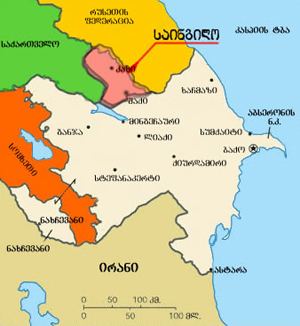
After 1801, when the Kingdom of Kartl-Kakheti (eastern Georgia) became part of the Russian empire the region ended up in the Imperial Russian conquest in 1803. After dissolving Sultanate of İlisu, it was initially part of Jaro-Belokany region, laterly became Zakatala okrug in Tiflis Governorate. From 1918 to 1920 both Democratic Republic of Georgia (DRG) and Azerbaijan Democratic Republic (ADR) claimed its territory as theirs, but the dispute never led to an armed confrontation. After the fall of the ADR in 1920, Soviet Russia and Azerbaijan SSR recognized it as part of Georgia whose government granted these lands a degree of internal autonomy. Following the Sovietization of Georgia in 1921, the area officially became part of Azerbaijan as it was put under Azerbaijan SSR by the central communist government in Moscow in 1922. Nowadays there are Georgians—Ingilos (ინგილოები in Georgian, Ingiloylar in Azeri)—living in this region of Azerbaijan (districts of Qax, Balakan and Zaqatala). Ingilos (more than 11,000 as of 1999) are an ethnographic group of Georgian people. Most of the Ingilos residing in Qakh district remain Christians at present, those living in Balakan and Zaqatala are mostly Muslim.
